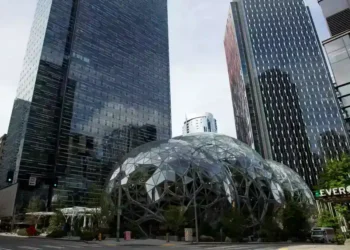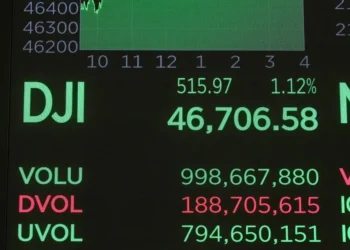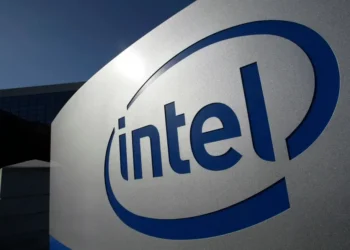The Hidden Price of Trump’s Trade War: Say Goodbye to the $5 T-Shirt
President Donald Trump’s trade war is set to make a noticeable impact on what’s in your closet — particularly when it comes to everyday, affordable clothing. While tariffs target a wide range of imported goods, it’s the basics that will feel the sharpest sting.
In 2023, the apparel industry is facing the brunt of Trump’s tariffs, which include a 10% minimum tax on all countries and a staggering 145% tax on Chinese imports. This is bad news for shoppers, as 98% of clothing in the U.S. is imported, with China leading the charge as the largest apparel importer, contributing to 22% of the market.
The result? Higher prices for just about everything — but especially for those low-cost items like $5 T-shirts, $10 socks, and $25 sneakers that so many Americans rely on.
According to trade policy experts, these everyday essentials are poised to see the biggest price increases. Why? Because people need to buy them year-round. As retail demand stays steady, the frequency with which companies restock these items increases, raising the likelihood that their shipments will be subject to higher tariffs.
Sheng Lu, a professor of fashion and apparel studies at the University of Delaware, explains that basic clothing items, such as cotton T-shirts, underwear, and socks, will become more expensive much faster than seasonal items like dresses or suits. While some clothing can be stored away for later use, necessities have to be replenished quickly — and the tariffs will make that restocking more expensive.
The United States is highly dependent not only on China but also on low-cost manufacturing in countries like Vietnam and Bangladesh. Unfortunately, there are few affordable alternatives for large-scale clothing production within the U.S. This means shoppers can expect to pay significantly more for their wardrobe, with an expected 65% rise in clothing prices and an 87% hike in shoe costs over the next year, according to the Yale Budget Lab.
Even though luxury goods like leather handbags from Italy or Swiss watches may see some price increases, the brunt of the tariff pain will be felt by mass-market items. Analysts point out that luxury brands have higher profit margins and can absorb the additional costs more easily than the low-cost clothing that most Americans buy.
The impact of these price hikes will hit lower-income households the hardest. While wealthier Americans spend a smaller percentage of their income on clothing, the poorest households already spend a much higher proportion of their earnings on everyday apparel. Research from the Trade Partnership Worldwide shows that lower-income families spend more than three times their share of income on clothing compared to wealthier families.
The situation worsens with the looming end of the “de minimis” exemption, which currently allows packages worth under $800 to enter the U.S. without incurring taxes. This exemption has benefited e-commerce companies like Shein and Temu, but starting next month, this exemption will expire. The result? Lower-income consumers, who are the primary users of these cheaper online shopping platforms, will feel the brunt of the changes. A study from UCLA and Yale economists found that the poorest zip codes receive almost half of all packages under this exemption.
Margaret Bishop, an assistant professor at Parsons School of Design, notes that consumers who buy affordable basics tend to have much less disposable income. “The people at the lower to middle socioeconomic tiers are getting disproportionately taxed by tariffs,” she said.
As the trade war continues to push prices higher, Americans will face a significant shift in the affordability of their everyday clothing. While luxury goods may remain relatively insulated, the most significant cost increases will be felt by those who rely on inexpensive, mass-market apparel. For many Americans, the days of grabbing a $5 T-shirt off the rack may soon be behind them.
With no signs of the tariffs easing, it’s clear that Americans, particularly those in lower-income brackets, will be paying more for even the most basic items in their wardrobe. And for those who already live paycheck to paycheck, the trade war’s consequences could hit closer to home than ever before.
Source – CNN – Say goodbye to the $5 T-shirt
This article was rewritten by JournosNews.com based on verified reporting from trusted sources. The content has been independently reviewed, fact-checked, and edited for accuracy, tone, and global readability in accordance with Google News standards.
Stay informed with JournosNews.com — your trusted source for verified global reporting and in-depth analysis. Follow us on Google News and BlueSky for real-time updates.
JournosNews.com follows Google News content standards with original reporting, verified sources, and global accessibility. Articles are fact-checked and edited for accuracy and neutrality.












